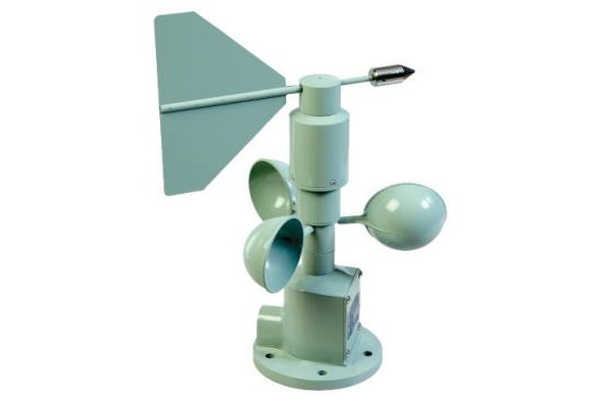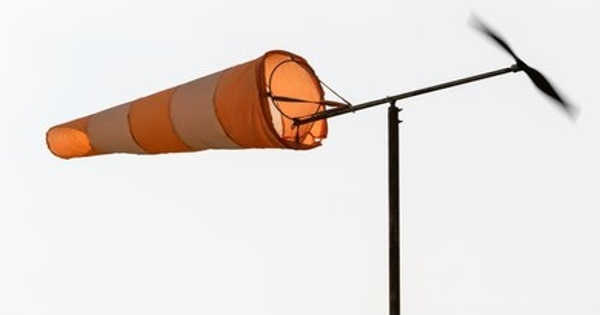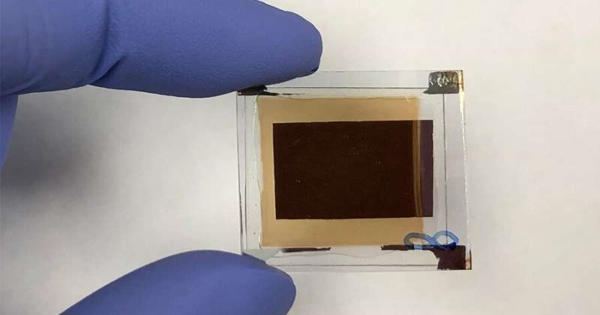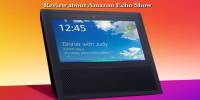An anemoscope is a device that detects and indicates the presence and direction of the wind. This device was created to indicate the direction of the wind or to predict a change in wind direction or weather. It is a device for indicating or indicating and recording the direction of the wind, as well as a device for forecasting changes in the weather.
There are numerous applications for measuring airflow velocity and direction with water drops. They include, for example, the measurement of airflow velocity and direction in weather observations, as well as the measurement of side wind in a car and a small ship. However, measuring the airflow velocity and direction under the airflow with water drops with high accuracy is difficult.
Anemoscope is any of several devices used to show the direction of the wind or to predict changes in the weather.
Hygroscopic devices, particularly those made of catgut, were thought to be excellent anemoscopes, rarely failing to predict wind shifts. According to Vitruvius’ description of the ancient anemoscope, it was intended to show which way the wind actually blew, rather than predict into which quarter it would change. This device indicates the presence and direction of the wind.
It is a wind vane; a weathercock; usually applied to a contrivance consisting of a vane above, connected in the building with a dial or index with pointers to show the changes of the wind.

An anemometer is a device that measures the speed and direction of the wind. It is also a common instrument in weather stations. The term comes from the Greek word anemos, which means wind, and it refers to any wind speed instrument used in meteorology. Leon Battista Alberti provided the first known description of an anemometer in 1450.
Otto von Guericke gave the name anemoscope to the machine he invented to predict weather changes, such as fair and rain. It was made up of a small wooden man who rose and fell in a glass tube as the atmospheric pressure changed. As a result, M. Comiers demonstrated that this was simply an application of the common barometer. Leonardo da Vinci invented this type of anemoscope.
An anemometer is a device that measures the speed and direction of the wind. It is also a common instrument in weather stations. The term comes from the Greek word anemos, which means wind, and it refers to any wind speed instrument used in meteorology. Leon Battista Alberti provided the first known description of an anemometer in 1450.
















